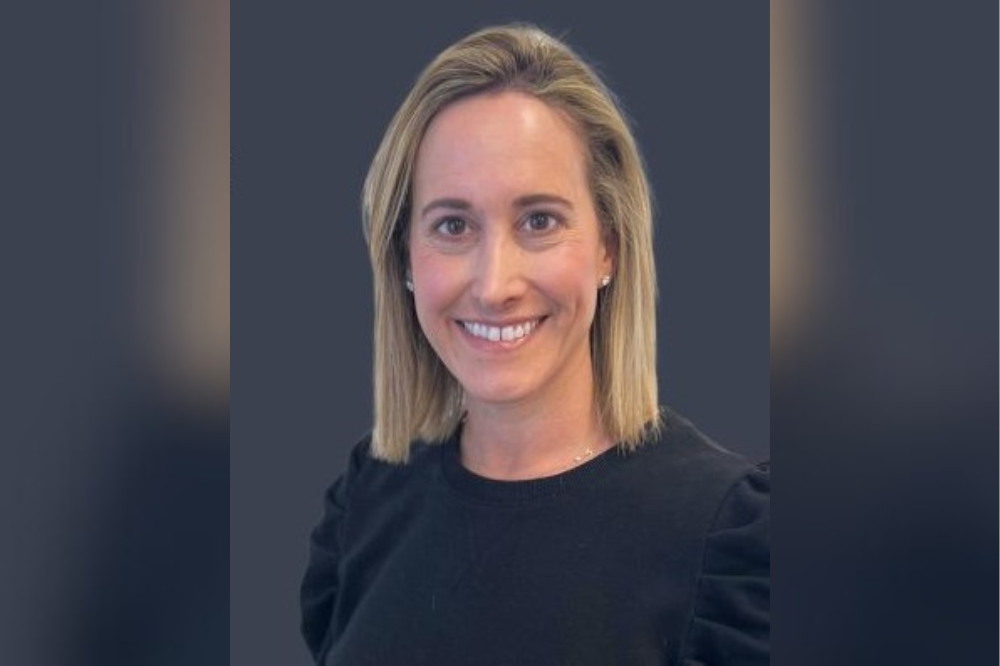

Insurer Swiss Re Corporate Solutions, broker Guy Carpenter, and data technology firm ICEYE have teamed up with New York City government agencies to launch a parametric flood insurance scheme for the city’s low-income families, and the insurance experts hope the pilot will serve as a blueprint for greater take up.
The program provides up to $1.1 million in emergency funding following a major flood event. Qualifying households could receive up to $15,000 under the pilot, which will run for a 12-month trial period beginning February 2023.
The Center for NYC Neighborhoods (CNYCN), along with the NYC Mayor’s Office of Climate & Environmental Justice, the Environmental Defense Fund, and social impact organization SBP, created the program to bolster the financial resilience of high-flood-risk neighborhoods.

“This is useful tool to help municipalities and local governments, so they don’t have to solely rely on either federal assistance or local revenue to fund recover from a flooding event,” said Jackie Higgins (pictured directly above), head of public sector solutions, North America at Swiss Re.
The parametric product, insured by Swiss Re Corporate Solutions, will fund rapid cash payments to the CNYCN, which will make grants available to households.
Guy Carpenter designed the parametric trigger around which the financial solution was placed through MMC Securities, another Marsh McLennan company. MMC Securities facilitated the structuring of the risk transfer solution and the negotiations between CNYCN and Swiss Re.

“Too often, communities rely on post-disaster financing to deal with the significant financial burden of a disaster. Generally, this funding is delayed and inadequate, which has a negative impact on the community’s recovery,” said Jonathan Clark (pictured directly above), managing director, US public sector at Guy Carpenter.
“When the support does arrive, it’s at a slower speed than funds delivered through a risk-transfer solution such as this pilot. By working toward ex-ante disaster financing, the community can rebound and recover faster.”
Andy Read (pictured directly below), global head of government solutions at ICEYE, said the program is the first of its kind in the US.

“This pilot program has the potential to be scaled up to the city-, state- or regional-scale and provides a blueprint for similar flood resilience initiatives globally,” he said.
As technology partner for the program, ICEYE will provide a combination of satellite imagery, real-time ground-level sensor data, and social media information to help determine whether the pre-agreed triggers are met.
ICEYE’s flood data will also be used by various agencies to support post-flooding response and recovery efforts.

Mike Bennett (pictured directly above), strategic government account manager at ICEYE, spoke to Insurance Business about the challenges of obtaining the right data for this program in dense communities.
“When trying to establish accurate flood extent and depth data, there are several potential issues with a densely populated urban environment represented in this pilot program. One major challenge is being able to see what’s happening on the ground below massive apartment buildings and giant skyscrapers that can obstruct most views,” said Bennett.
“But combining ICEYE’s rapid-revisit and high-resolution radar satellite imagery with other sources of ground-level and aerial data, we can generate an accurate and detailed representation of the flood event even in these high-density communities.”
For Swiss Re’s Higgins, parametric insurance provides key benefits to low-income households hit by flooding. The insurer is also exploring the possibility of replicating the program in other cities.
“The beauty of parametric is that it is flexible in terms of its use of funds, unlike the traditional indemnity product, where you have an adjuster that goes out to a specific property and assesses damages,” Higgins said.
“We are looking to see how we can adopt this to other cities across the United States that have similar challenges. It can help people understand that insurance can be part of the recovery solution, especially when in a city that has limited resources.”
Clark of Guy Carpenter agreed: “This timely financial support is critical in the aftermath of a disaster, as water sitting for long periods of time exacerbates mold damage, delays people’s return to work, and forces them to make difficult choices between other funding needs such as healthcare, food, and so on.”
The increasing frequency and severity of flooding is affecting low-income communities disproportionately, ICEYE’s Read told Insurance Business.
“It’s critical that we replicate innovative programs like this that can enhance community resilience and address these challenges,” Read said.
What are your thoughts on New York City’s parametric flood insurance program? Share them in the comments below.
